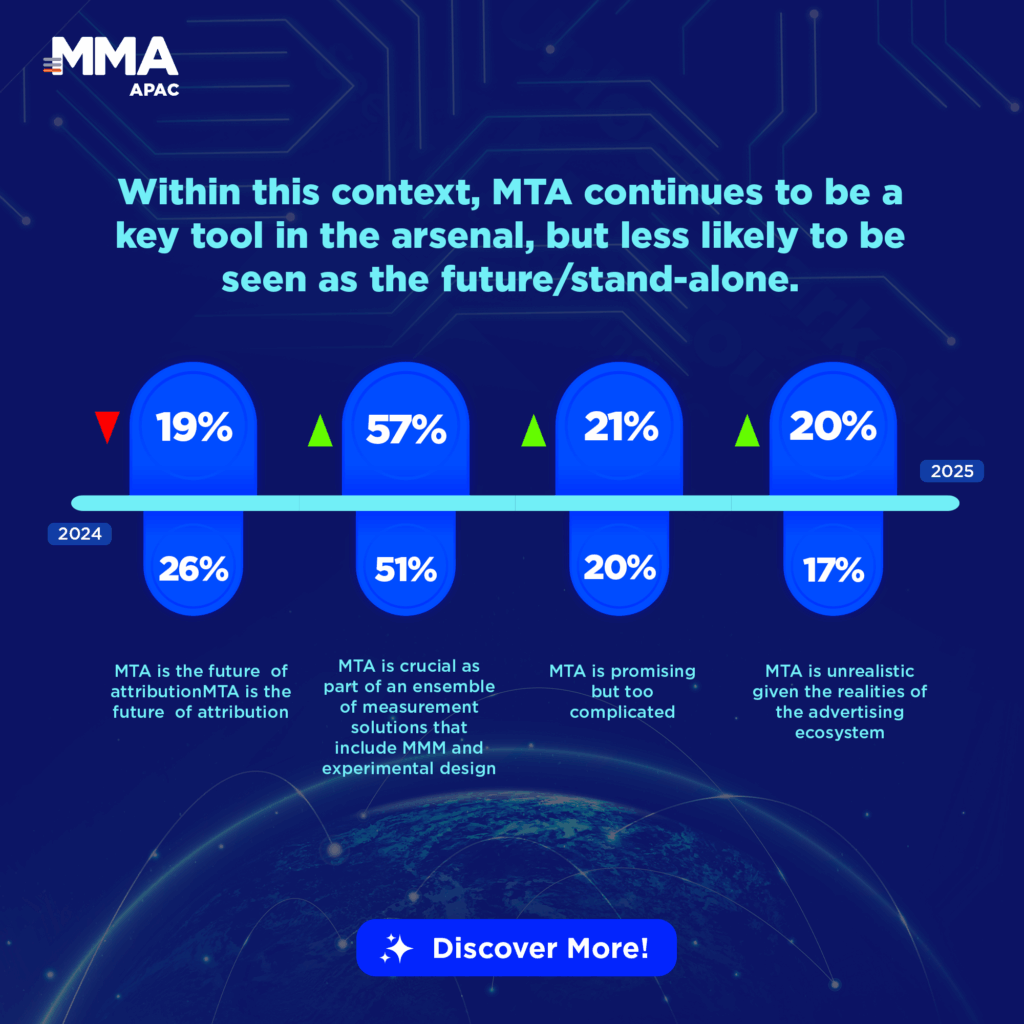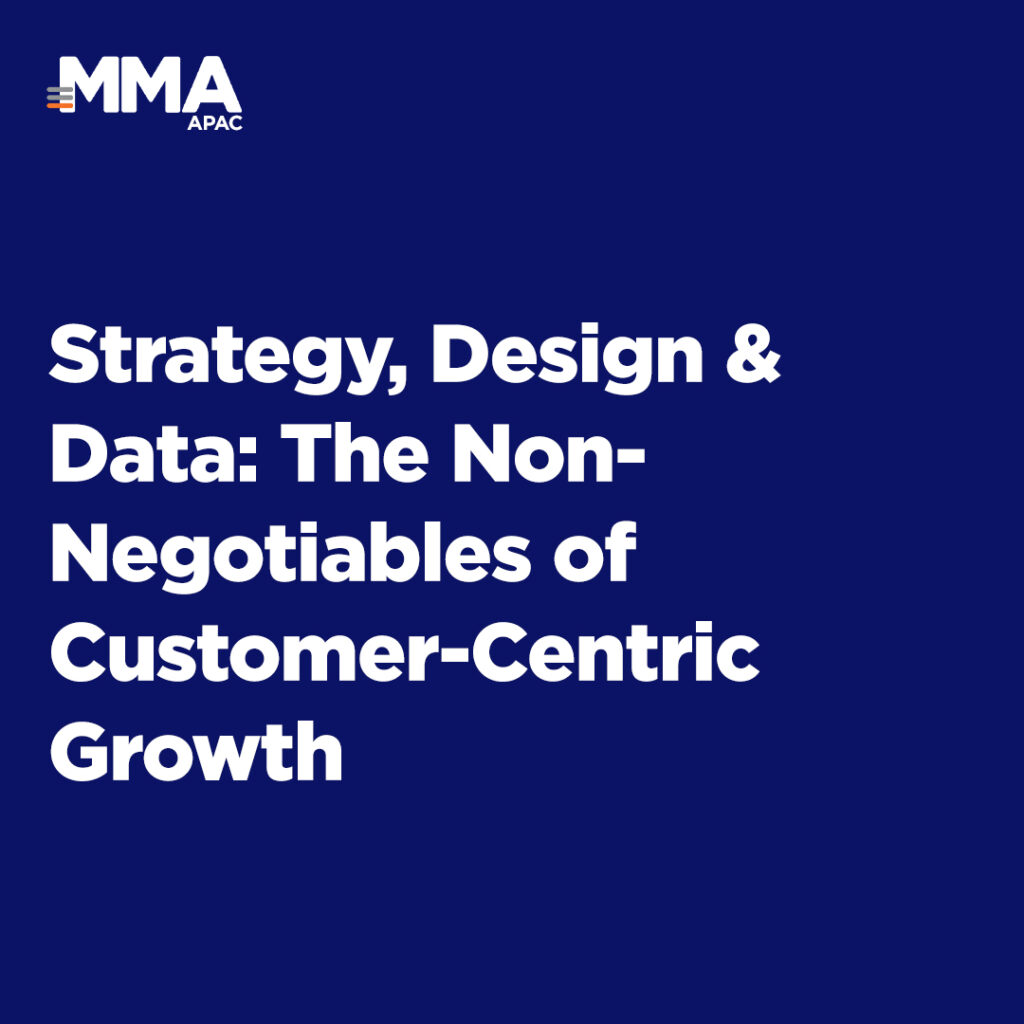
Growth in marketing has always hinged on a simple question: how wide should you cast the net, and how precise should you be when targeting? While reach fuels awareness and future buyers, targeting delivers efficiency and immediate returns. The reality is that long-term success doesn’t come from picking a side, it comes from finding the right balance.
This article explores how MMA Global’s Brand as Performance (BaP) initiative is helping marketers strike that balance with evidence rather than opinion. Think of it as a clear compass: reach builds tomorrow’s demand, targeting maximizes today’s opportunity, and evidence shows how to keep both in sync.
Why Brand as Performance Changes the Equation
The Brand as Performance (BaP) initiative from MMA Global was created to move this debate out of opinion and into evidence. Instead of guessing at the “right” split between reach and targeting or relying on rules of thumb that don’t hold up across categories, BaP is building a research-backed framework to guide marketers toward real, sustainable growth.
The methodology is deliberately practical:
- It uses person-level data to capture real behaviors, not proxies.
- It grounds attribution in true test–control designs so results are causal, not just correlations.
- It measures both brand favorability and sales outcomes, tying perception shifts to eventual business results.
- It looks at the full range of tactics, from broad awareness plays to highly targeted efforts, to reveal how each contributes.
- And it does this at scale, so the insights hold up across segments and time horizons.
For marketers, this means fewer debates and more clarity. Instead of choosing between “brand” or “performance,” or “reach” or “targeting,” BaP helps you see how each lever works together, and how to adjust the mix with confidence.
From Insights to Impact
The Brand as Performance program is showing what many marketers have long suspected: brand and performance aren’t separate bets, they compound each other. Early signals are striking. People with positive brand favorability convert at roughly six times the rate of those without it. And much of that impact often shows up after the campaign ends, underscoring why the balance between reach and targeting must be measured on both clocks: immediate and delayed.
So how do you put this into practice?
- Set a reach floor (build tomorrow’s demand). Favorability is a commercial lever, not a “soft” metric. Consumers who feel favorable convert 4–5× more often than non-favorables. If you don’t reach broadly enough to create new favorables, you shrink tomorrow’s conversion pool.
- Add precision only when experiments show lift. Targeting should earn extra budget by proving incrementality on favorable (or favorability-prone) segments. In practice, new favorable non-customers converted 3× higher, and favorable existing customers stayed longer and spent more, exactly the audiences where precision pays.
- Report on two clocks, side by side. Measure immediate sales and delayed effects. Long-term impact is 1.8×–6× stronger than short-term; in Kroger’s case, >80% of sales lift arrived in the seven months after the campaign ended.
The message is simple: stop treating reach and targeting as trade-offs. With evidence, they become complements—working together to drive growth now and in the future.
Reframing the Reach vs. Targeting Debate
The reach-versus-targeting debate doesn’t have to be a tug of war. When you measure both clocks, today’s conversions and tomorrow’s brand-driven growth, you start to see the sweet spot where the two work together. That’s what MMA Global’s Brand as Performance initiative delivers: turning opinion into evidence and giving marketers a framework to grow with confidence.
Discover more about Brand as Performance (BaP) here.



















